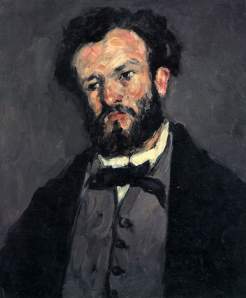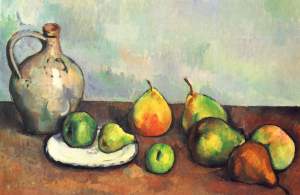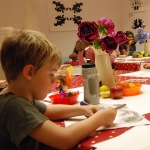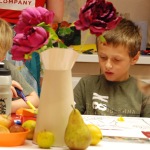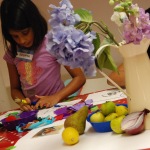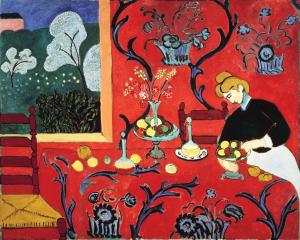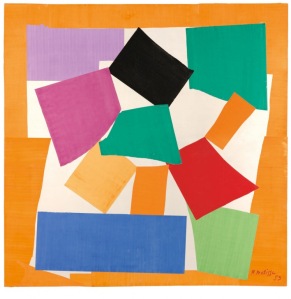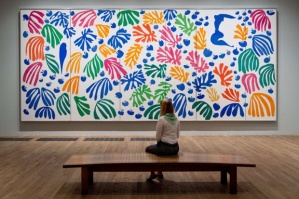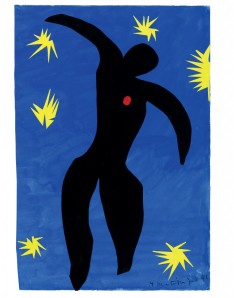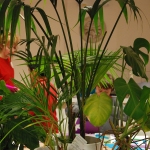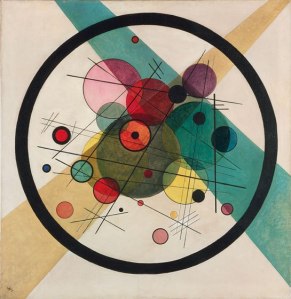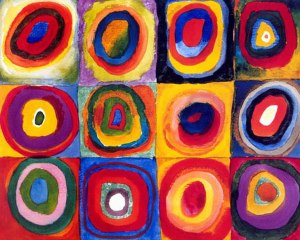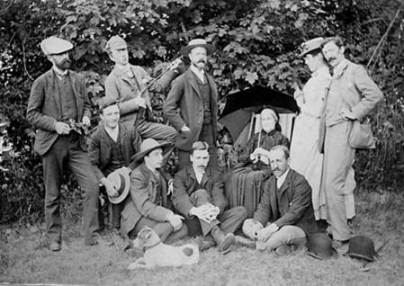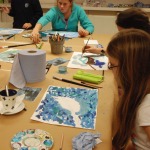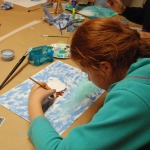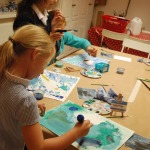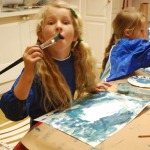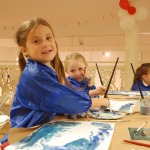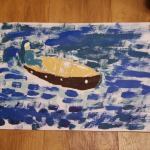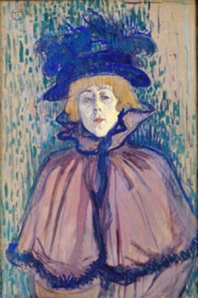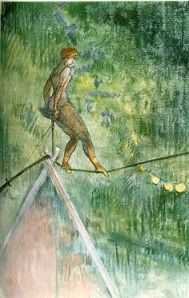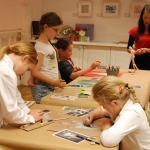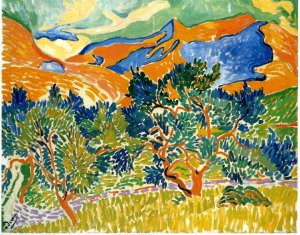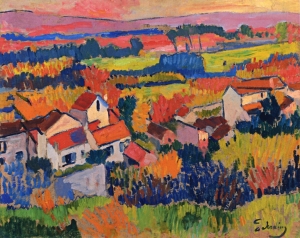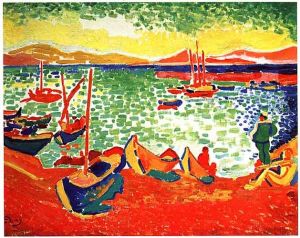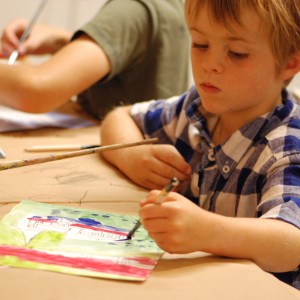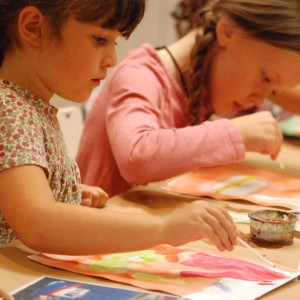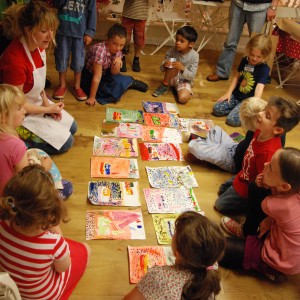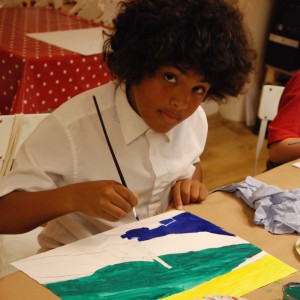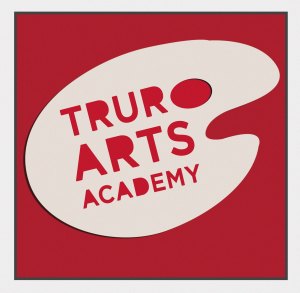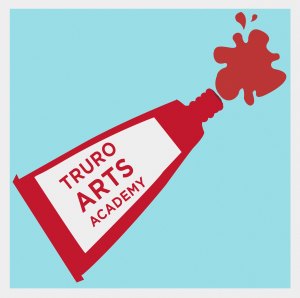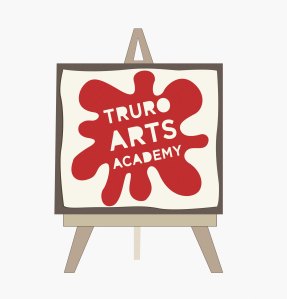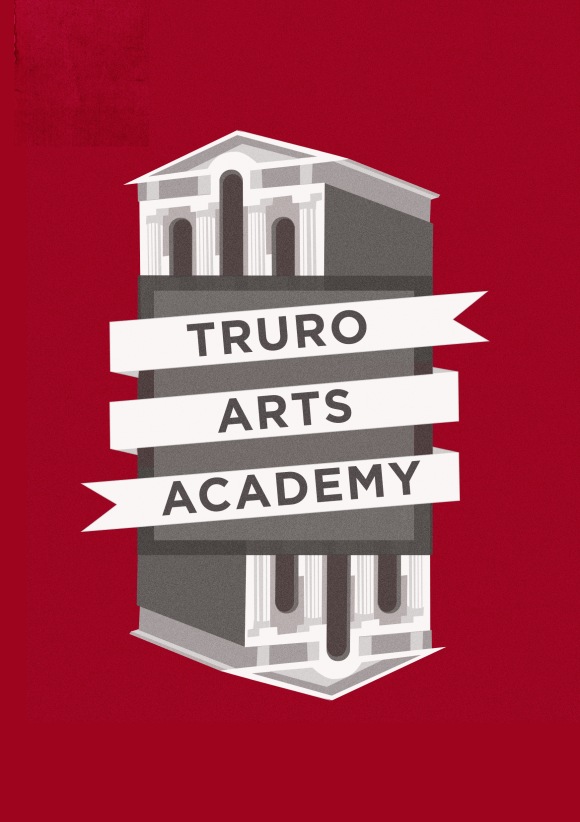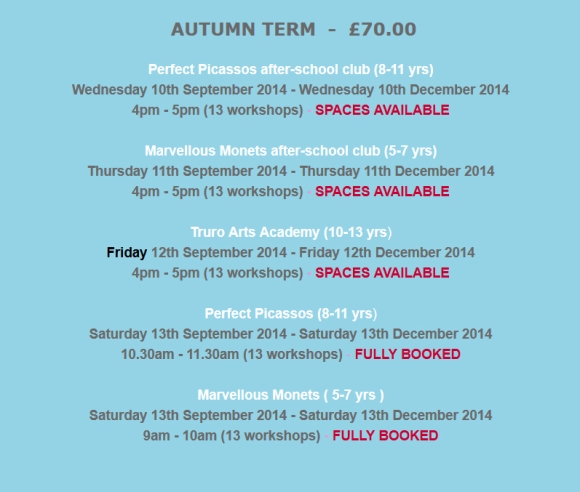The Autumn term of Truro Art Club kicked off this week. It was great to welcome back members from last term but also meet some brand new faces. On top of that we also launched our brand new group for older children Truro Arts Academy!
We’ll be creating a new masterpiece each week right up until Christmas. We have so many exciting workshops planned this term exploring sculpture, painting, printmaking, drawing, model making.
We kicked off our first session with a fun ice breaker game and then handed out the exciting schedule of workshops ahead of us. Please note the schedule has a list at the side what to bring for each session. We also gave out the much anticipated goodie bags to new members.
Our first lesson was all about the famous artists that the groups are named after.
The Marvellous Monets learnt all about how to create impressionist brushmarks like Claude Monet. Impressionist painters used many short brush strokes, applying paint thickly, to create the idea, or impression, of a subject. If you stand very close to an impressionist painting, often the painting won’t look like anything but a bunch of paint blobs. When you back away from it, though, you can see the whole picture. The Marvelous Monet’s worked together to recreate one of Claude Monets famous garden paintings, each recreating a small section of the masterpiece.
The Perfect Picassos a portrait sculpture inspired by cubist mastermind Pablo Picasso! We learnt that The cubists wanted to show all the sides of an object in the same picture. Some cubist works were extremely abstract. In Picasso’s The Guitar Player for example it is difficult to see the person in the painting. Picassos sculptures showed instruments from many different angles. The group noticed Picassos collages looked like they had exploded into sharp pieces and then stuck back down.
Finally our Truro Arts Academy members had the very important task of branding this brand new club. We decided that versatility, relevance, memorability and uniqueness are key aspects to creating a great logo. After coming up with a range of design ideas our academy members created a final design using coloured card. We were so impressed with the originality and strength of ideas. We look forward to showing the final designs to the owner of the company who will decide which design to develop further.
We’d like to say a big well done to everybody. We hope you enjoyed the first session as much as we did and we look forward to watercolor painting with you all next week!

